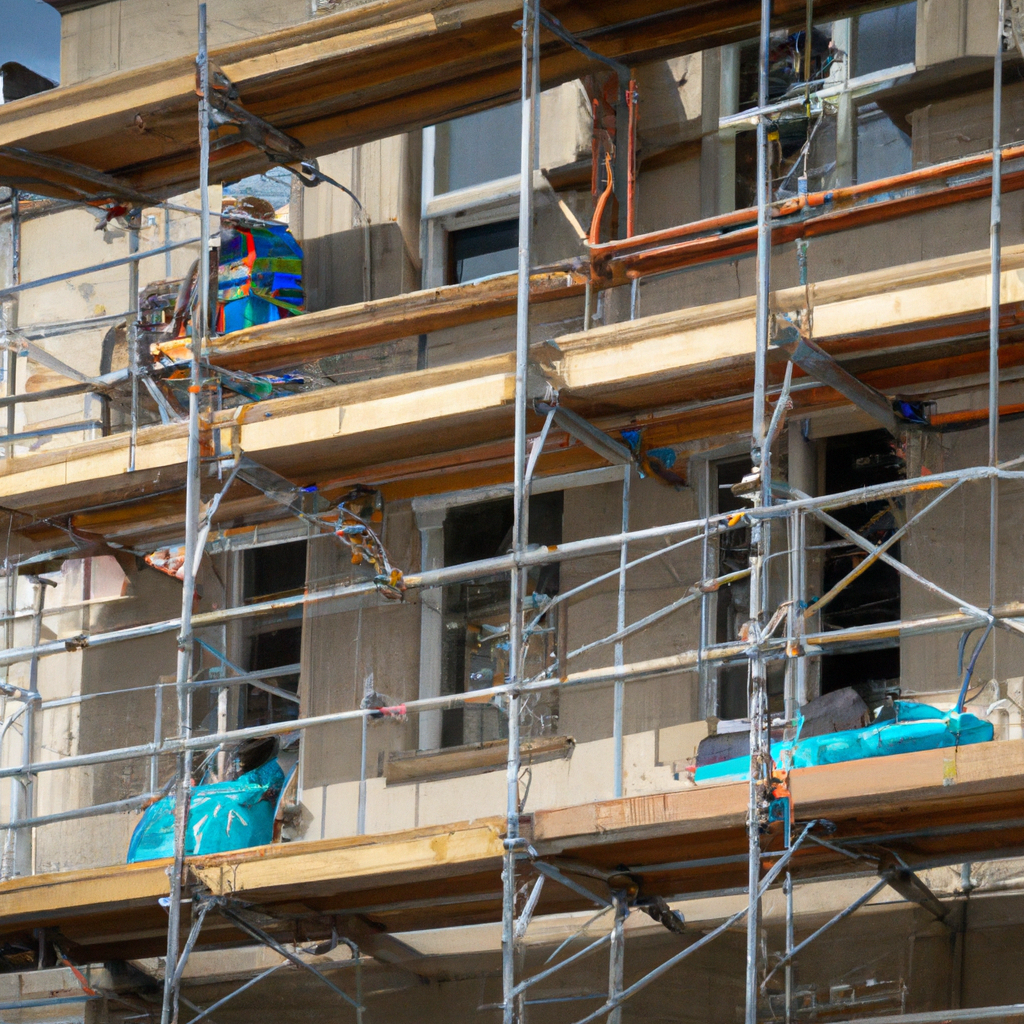When it comes to residential construction or renovation projects, scaffolding plays a crucial role in ensuring the safety and efficiency of the workers. However, once the project is completed, it is equally important to dismantle the scaffolding properly to avoid any accidents or damage. In this comprehensive guide, we will provide you with expert tips and techniques for the safe and efficient removal of residential scaffolding. By following these guidelines, you can ensure a smooth dismantling process while maintaining a high level of safety.

Understanding the Importance of Proper Scaffolding Removal
Before we dive into the specifics of dismantling residential scaffolding, let’s first understand why it is important to approach this task with utmost care and attention. Improper dismantling can lead to potential hazards such as falls, injuries, and damage to the property. By following the recommended methods and guidelines, you can minimize these risks and ensure a safe environment for everyone involved.
Step-by-Step Guide to Residential Scaffolding Removal
Step 1: Assess the Work Area
Before starting the dismantling process, it is crucial to assess the work area thoroughly. Identify any potential hazards or obstacles that may hinder the removal process. Clear the area of any debris, tools, or equipment that could pose a tripping or falling hazard. Additionally, ensure that the scaffolding is stable and secure before proceeding.
Step 2: Gather the Necessary Tools and Equipment
To dismantle the scaffolding efficiently, you will need the right set of tools and equipment. Some essential items include a hammer, wrench, pliers, safety gloves, and protective eyewear. Make sure all tools are in good condition and suitable for the task at hand. This will ensure a smooth and hassle-free removal process.
Step 3: Start from the Top
When dismantling the scaffolding, it is recommended to start from the top and work your way down. This approach ensures that the structure remains stable throughout the process. Begin by removing the topmost platform and guardrails, carefully disassembling each component and placing them in a designated area for storage or disposal.
Step 4: Follow the Manufacturer’s Instructions
Each scaffolding system may have specific instructions provided by the manufacturer. It is crucial to follow these instructions carefully to ensure safe dismantling. Pay attention to any weight limits, recommended dismantling techniques, and guidelines for handling different components. Following the manufacturer’s instructions will help prevent unnecessary accidents and damage.
Step 5: Secure and Store Disassembled Components
As you dismantle the scaffolding, it is essential to secure and store the disassembled components properly. This will not only prevent any damage but also make it easier for future use or disposal. Use appropriate storage containers or racks to organize the components systematically. Ensure that they are protected from moisture, dust, and other environmental factors that may compromise their integrity.
Step 6: Dispose of Waste Responsibly
Responsible waste disposal is a crucial aspect of scaffolding removal. Dispose of any waste materials, such as broken or worn-out components, in accordance with local regulations. This may involve recycling certain materials or arranging for their proper disposal through authorized channels. By adhering to responsible waste management practices, you contribute to environmental sustainability.
Step 7: Conduct a Post-Removal Inspection
After completing the scaffolding removal, it is essential to conduct a thorough inspection of the area. Check for any potential damage to the property, such as scratches, dents, or marks. If any issues are identified, take appropriate measures to address them promptly. Conducting a post-removal inspection ensures that the work area is safe and ready for the next phase of the project.
Conclusion
Dismantling residential scaffolding requires careful planning, adherence to safety guidelines, and proper disposal of waste materials. By following the step-by-step guide provided in this article, you can ensure a safe and efficient removal process. Remember to assess the work area, gather the necessary tools, start from the top, follow manufacturer’s instructions, secure disassembled components, dispose of waste responsibly, and conduct a post-removal inspection. By implementing these expert tips, you can successfully dismantle residential scaffolding while minimizing risks and ensuring the overall success of your project.


